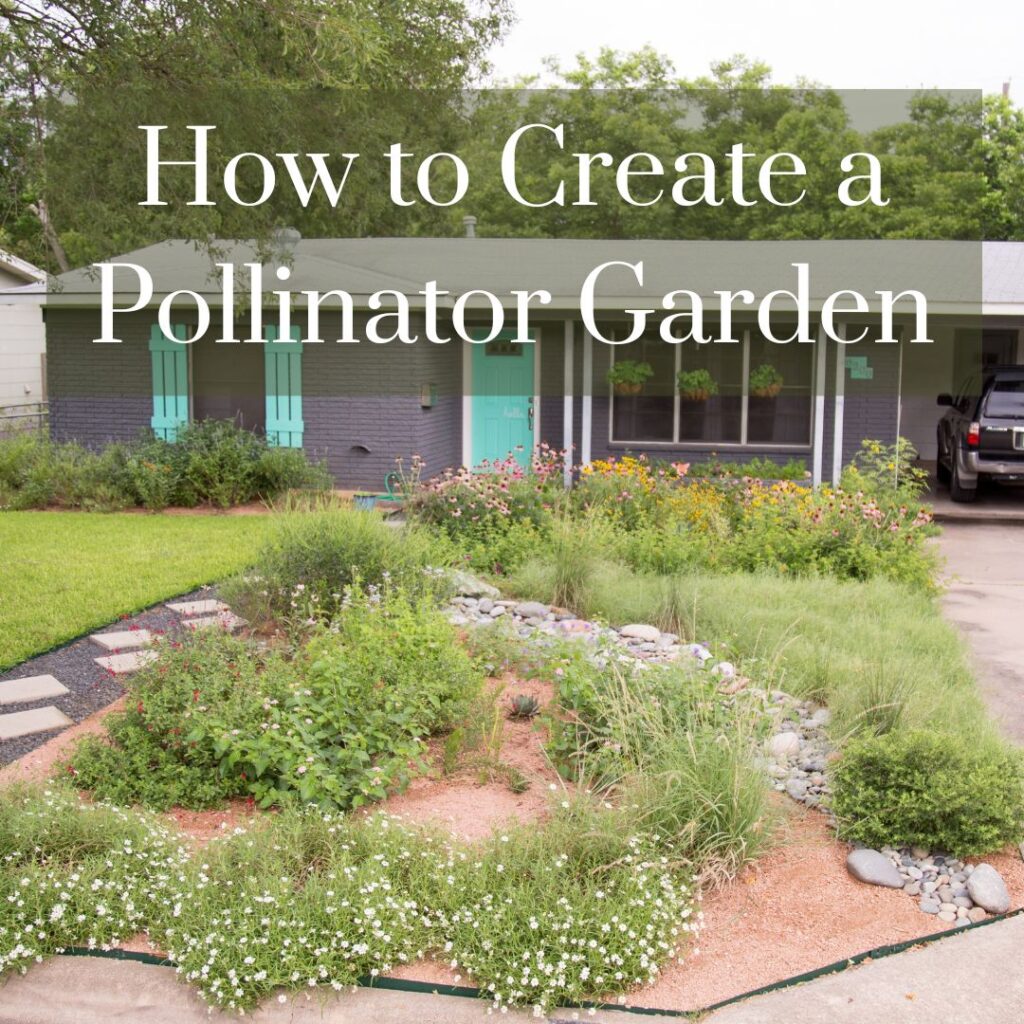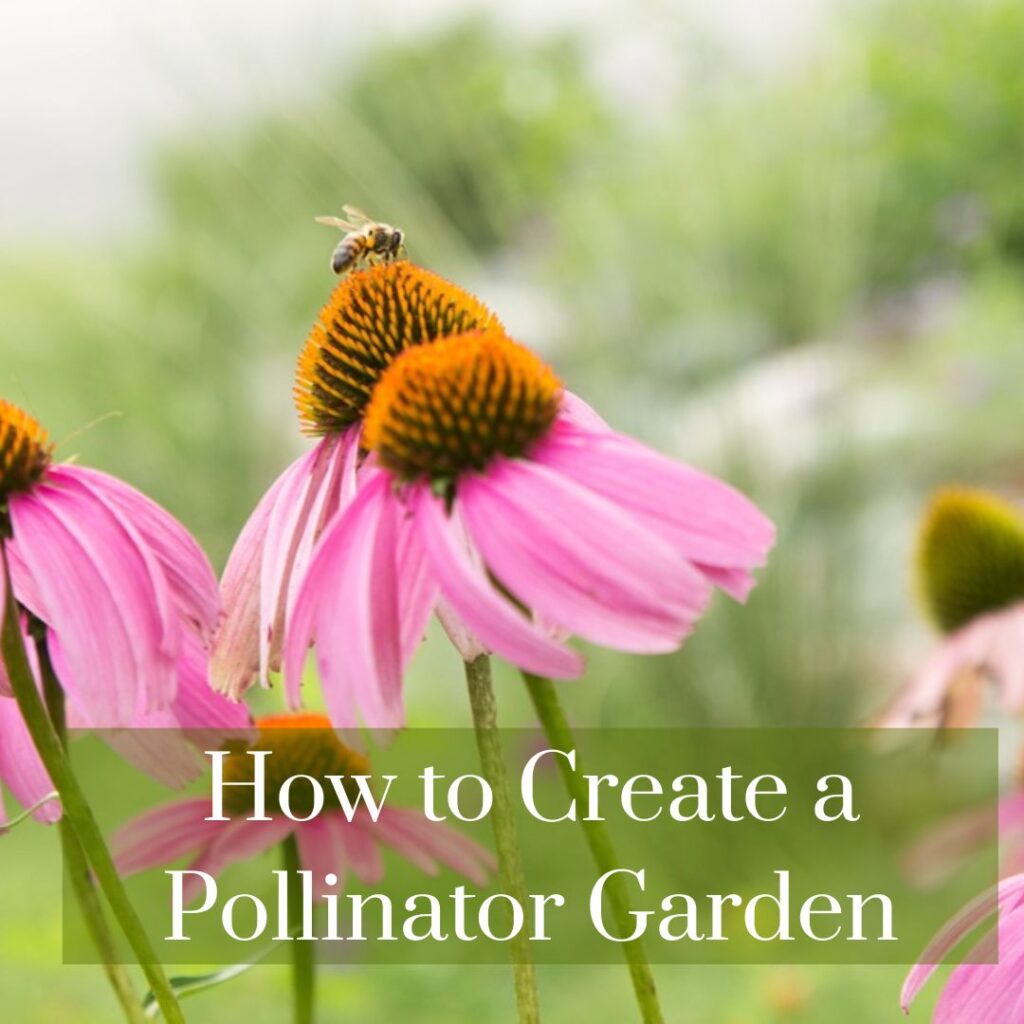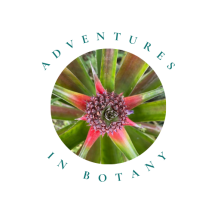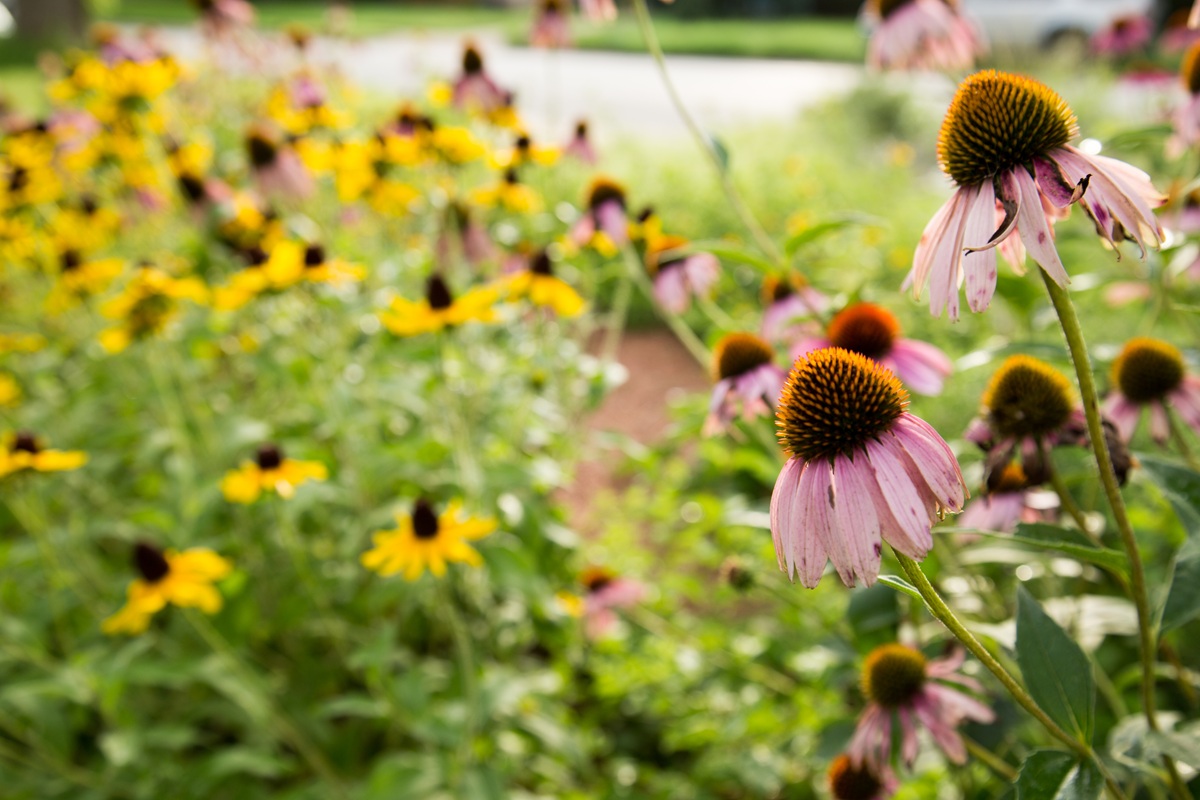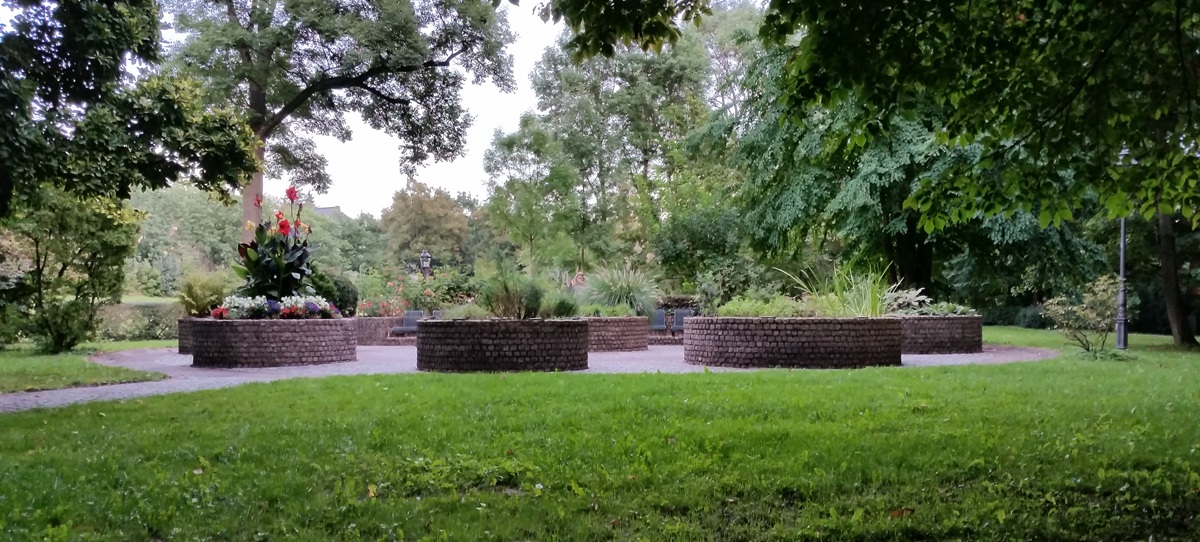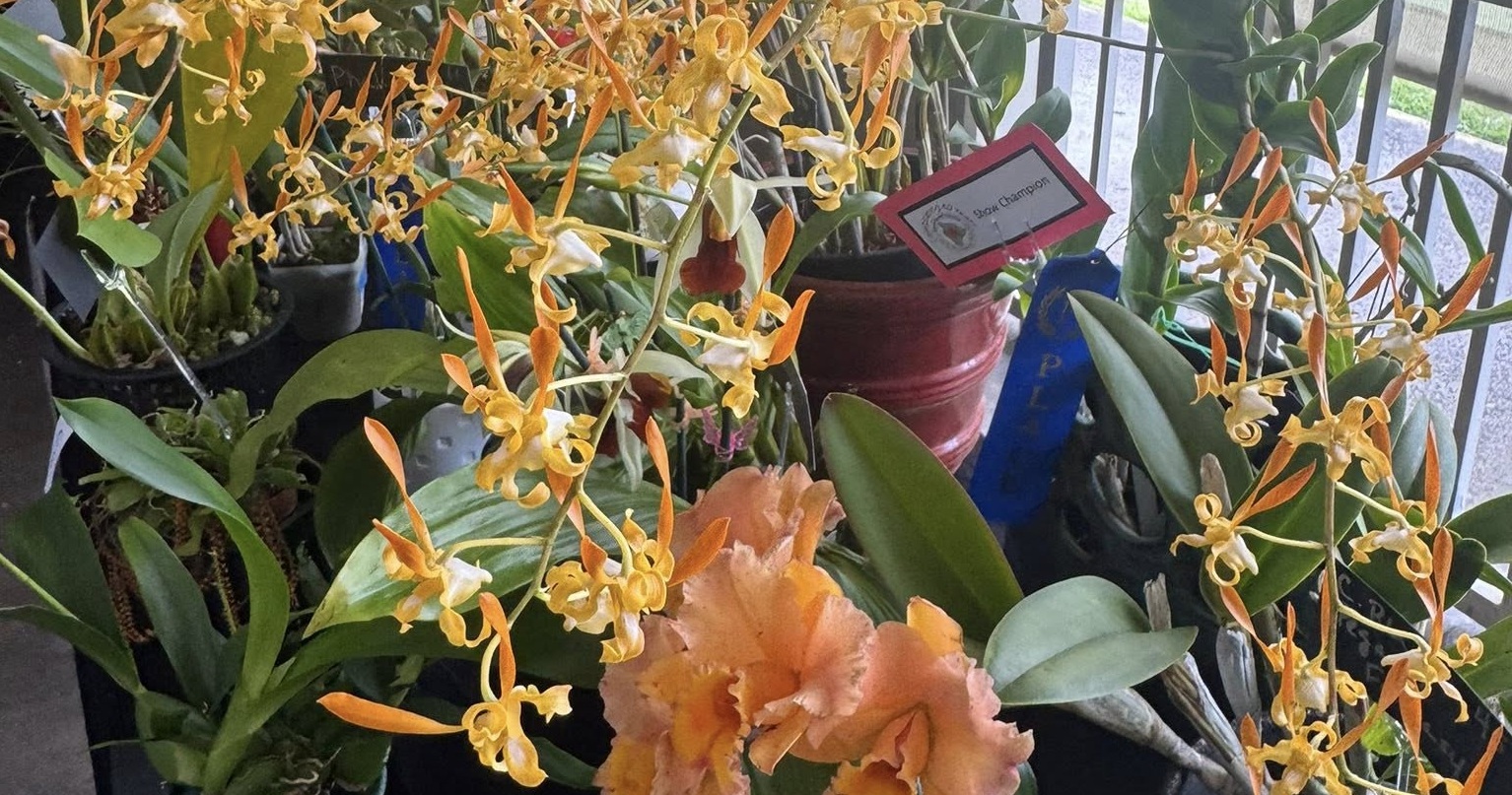Why Pollinators Matter
I still remember the first time I saw a monarch butterfly land on a milkweed plant in my garden. Its delicate wings fluttered as it sipped nectar, and I felt an overwhelming sense of connection to the natural world. That moment sparked my love for pollinator-friendly gardening.
Pollinators—like butterflies, bees, and hummingbirds—are essential to our ecosystems. They help plants reproduce, support biodiversity, and contribute to food production. Without them, many of our favorite fruits, vegetables, and flowers wouldn’t exist. But pollinators are struggling due to habitat loss, pesticides, and climate change. By creating a garden that welcomes them, you can play a small but vital role in their survival.
Whether you have a sprawling backyard or just a few pots on your lanai, you can create a haven for pollinators. Let’s dive into how to build a thriving pollinator-friendly garden!
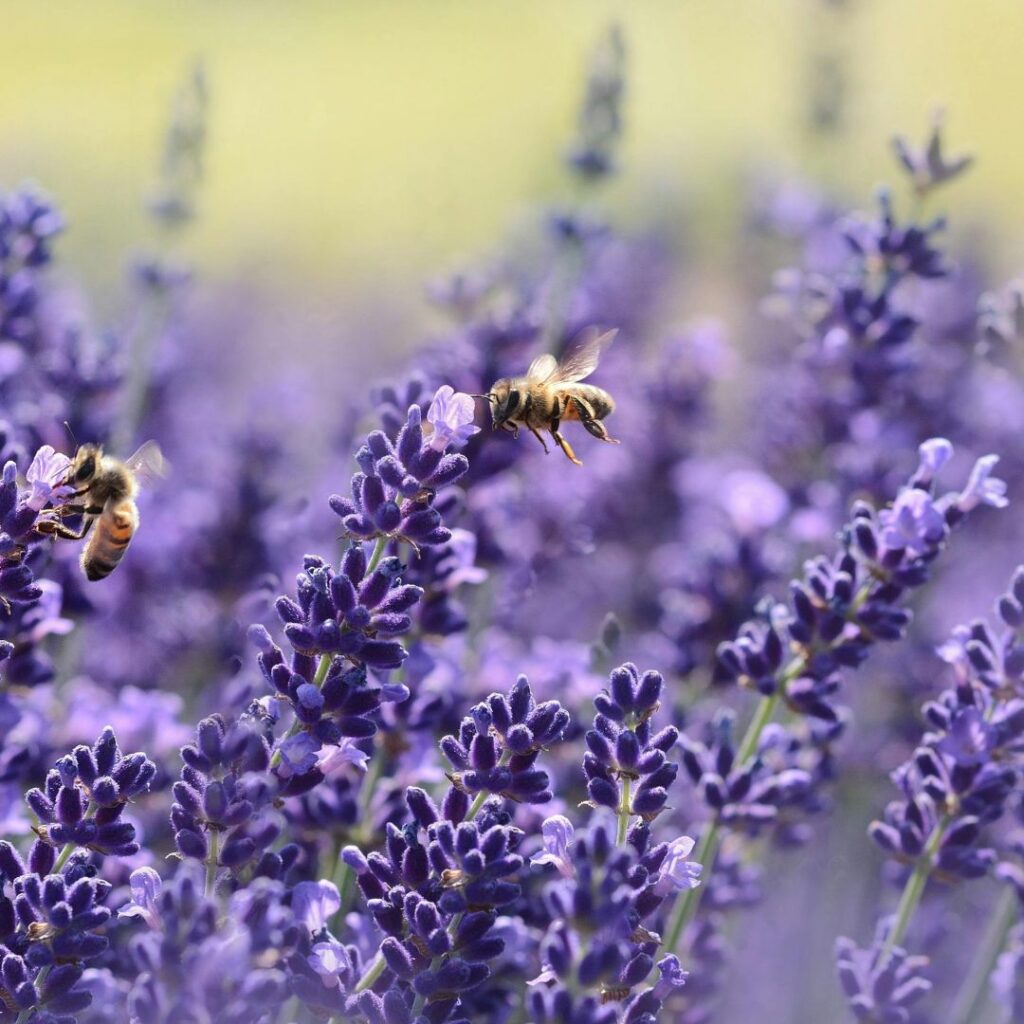
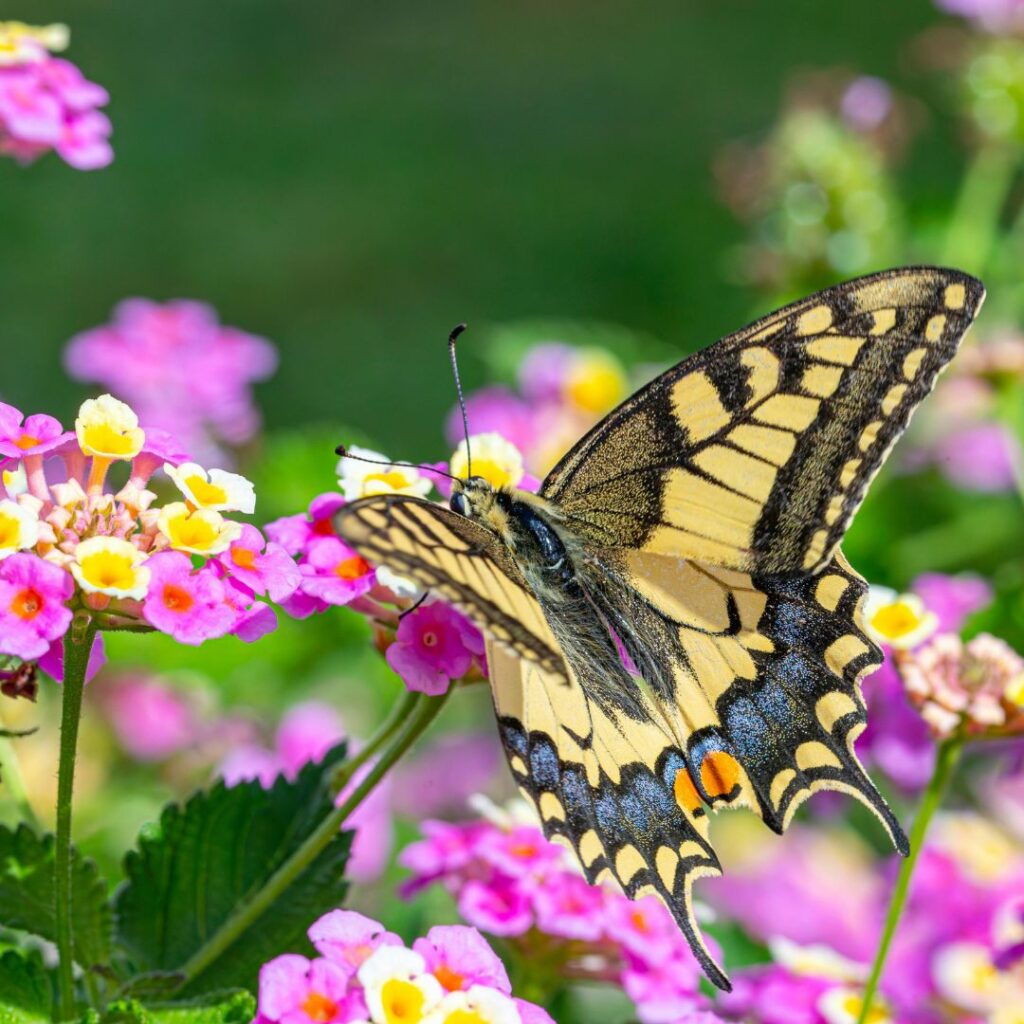
Step 1: Choose the Best Plants for Pollinators
Pollinators are drawn to specific plants for their nectar, pollen, and even their scent. When selecting plants, focus on native species, as they provide the best resources for local pollinators.
Best Plants for Attracting Butterflies, Bees, and Hummingbirds
| Plant Name | Attracts | Growing Tips |
|---|---|---|
| Milkweed (Asclepias spp.) | Monarch butterflies | Full sun, well-draining soil |
| Coneflower (Echinacea spp.) | Bees, butterflies | Drought-tolerant, loves sun |
| Bee Balm (Monarda spp.) | Hummingbirds, bees | Needs sun, moist soil |
| Lavender (Lavandula spp.) | Bees, butterflies | Prefers dry soil, full sun |
| Salvia (Salvia spp.) | Hummingbirds | Heat-tolerant, sun-loving |
| Sunflowers (Helianthus annuus) | Bees, butterflies | Fast-growing, loves sun |
| Zinnias (Zinnia spp.) | Butterflies | Easy to grow, attracts many pollinators |
| Lantana (Lantana camara) | Butterflies, hummingbirds | Loves heat, great in containers |
| Borage (Borago officinalis) | Bees | Self-seeding, great for companion planting |
| ʻŌhiʻa Lehua (Metrosideros polymorpha) | Hawaiian honeycreepers, native bees | Native to Hawaii, generally prefers slightly higher elevations |
| Mamaki (Pipturus albidus) | Kamehameha butterfly (Vanessa tameamea) | Native Hawaiian shrub, prefers cooler, wetter areas and partial shade |
| Ilima (Sida fallax) | Hawaiian bees, butterflies | Drought-tolerant, low-growing, excellent for coastal gardens |
I always make sure to plant a mix of these in my garden. Lavender, for example, is a favorite of mine—not only does it smell amazing, but it’s always buzzing with happy bees in the summer! There are hundreds more great plants for pollinators that aren’t on this list, so be creative!
*Note: If you’re in Hawaii like me, remember we don’t have any hummingbirds here.
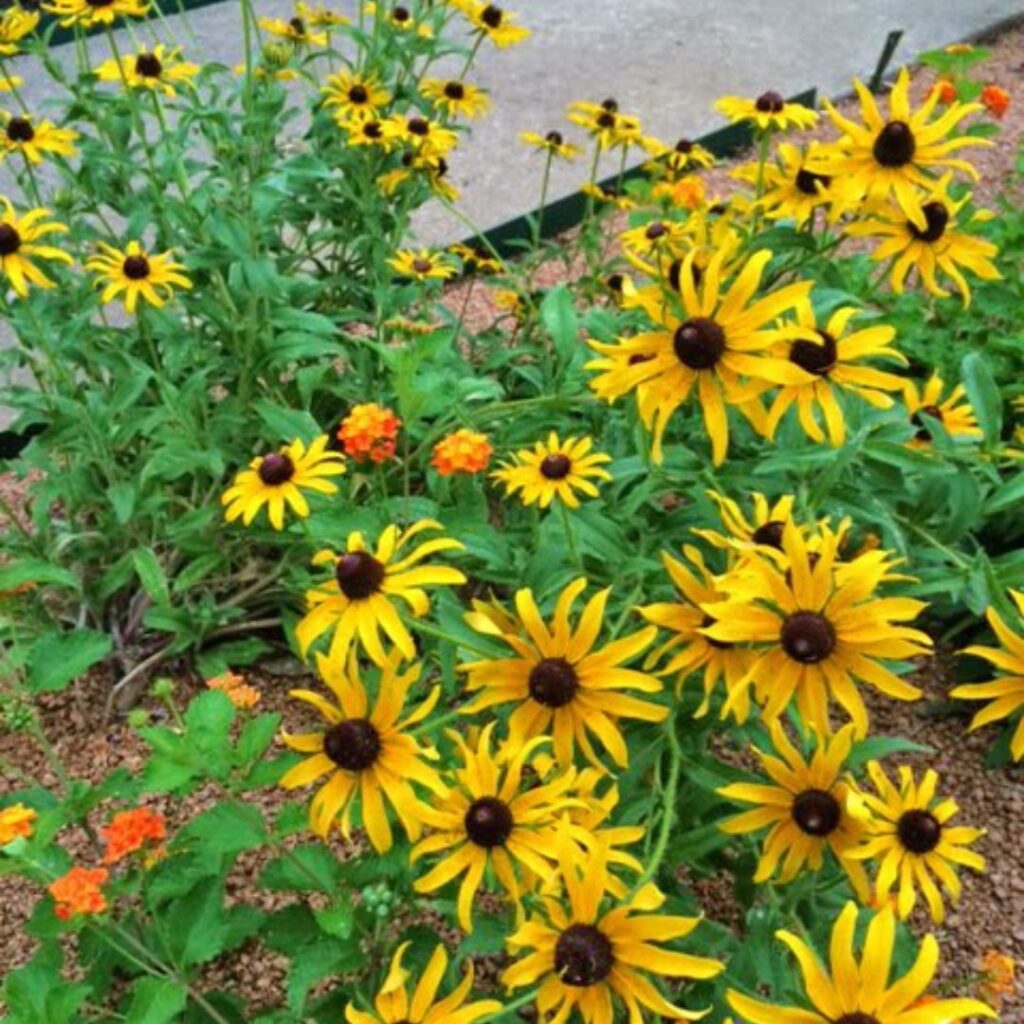

Step 2: Create a Welcoming Habitat
1. Provide a Variety of Flowers
Pollinators need food sources throughout the growing season. Plant a variety of flowers that bloom at different times so they have a continuous supply of nectar.
2. Go Organic & Avoid Pesticides
Chemical pesticides and herbicides can harm pollinators. Instead, use natural pest control methods like companion planting and beneficial insects.
3. Provide Water Sources
Pollinators need water, too! Add a shallow dish with pebbles for bees and butterflies to land on, or install a birdbath for hummingbirds.
4. Create Shelter for Pollinators
- Butterflies love shrubs, tall grasses, and quiet corners for resting.
- Bees need bare soil patches for ground-nesting species and bee hotels for solitary bees.
- Hummingbirds appreciate trees or shrubs for perching and nesting.
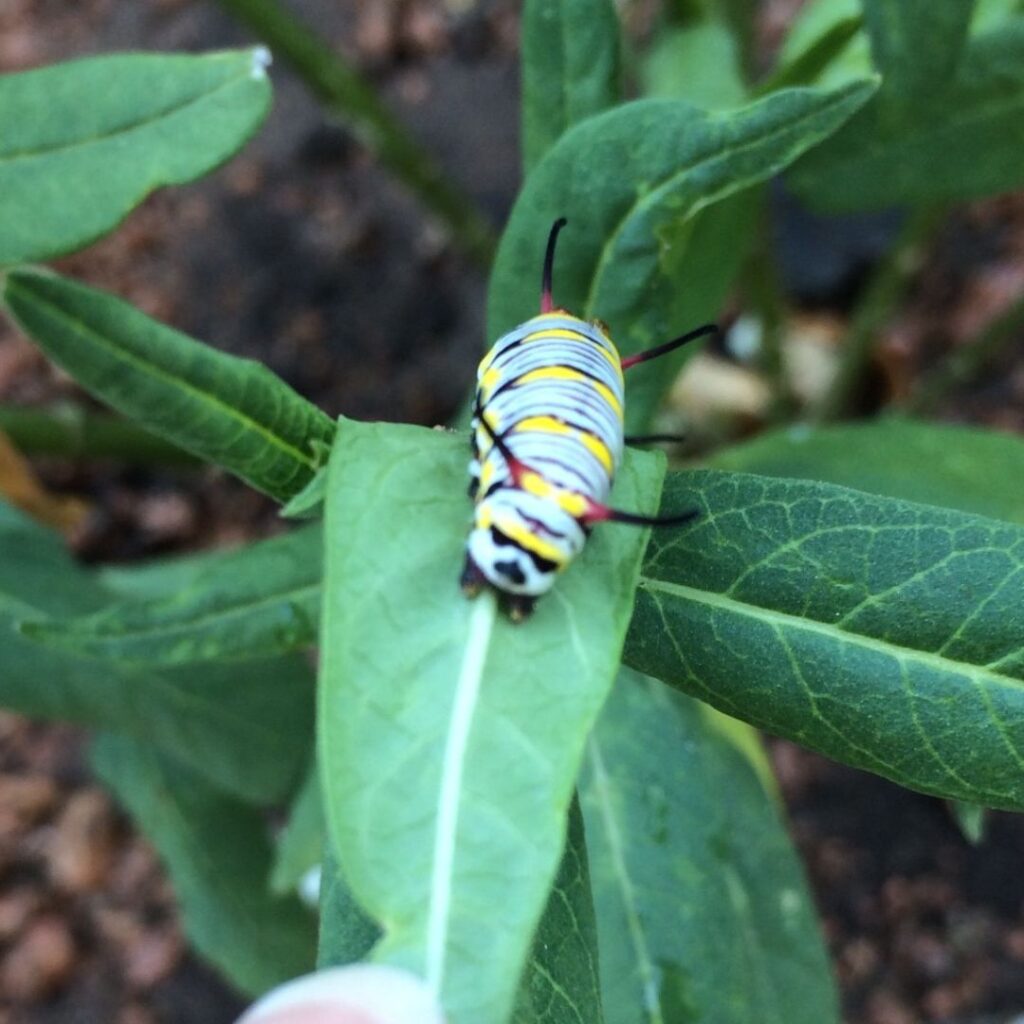

Step 3: Design a Pollinator-Friendly Layout
Creating a well-planned garden not only enhances its beauty but also makes it more effective in attracting and supporting pollinators. A thoughtful layout ensures that butterflies, bees, and hummingbirds can easily access nectar and pollen while also providing shelter and resting spots. Here’s how you can design your pollinator-friendly garden for maximum impact:
Why Planting in Layers Works
A layered garden mimics natural ecosystems, where plants grow at different heights to create a diverse habitat. This approach:
- Provides Easy Access to Pollinators – Butterflies and hummingbirds prefer landing on open, sun-exposed flowers, while bees often navigate through a mix of heights to collect nectar efficiently.
- Maximizes Space and Sunlight – By staggering plants from tallest to shortest, you prevent overcrowding and ensure each plant gets adequate sunlight for optimal flowering.
- Offers Shelter and Protection – Taller plants provide windbreaks, creating a microclimate that helps pollinators feel safe while foraging. The lower-growing plants act as ground cover, preventing soil erosion and keeping moisture levels steady.
- Creates a Continuous Bloom Cycle – With different heights, you can mix early, mid, and late-season bloomers, ensuring food availability for pollinators throughout the growing season.
Simple Pollinator-Friendly Layout Idea
- Back Row (Tall Plants) – Place towering plants like Sunflowers and Joe Pye Weed at the back. These act as beacons, visible from a distance, drawing in pollinators. Their large flower heads provide abundant nectar and pollen.
- Middle Row (Mid-Height Flowers) – Plant Coneflowers, Bee Balm, and Salvia in the middle section. These plants offer a dense cluster of blooms at an accessible height for butterflies and bees. Bee Balm, in particular, is a favorite for hummingbirds, as its tubular flowers make feeding easy.
- Front Row (Low-Growing Flowers) – Fill the front with Creeping Thyme, Alyssum, and Borage. These ground covers provide continuous nectar sources and serve as resting spots for smaller pollinators like native bees. Borage is especially beneficial, as its blue star-shaped flowers are loved by honeybees.
By following this layered design, your garden will not only be visually stunning but also a thriving hub for pollinators, helping them flourish while benefiting your plants through increased pollination.
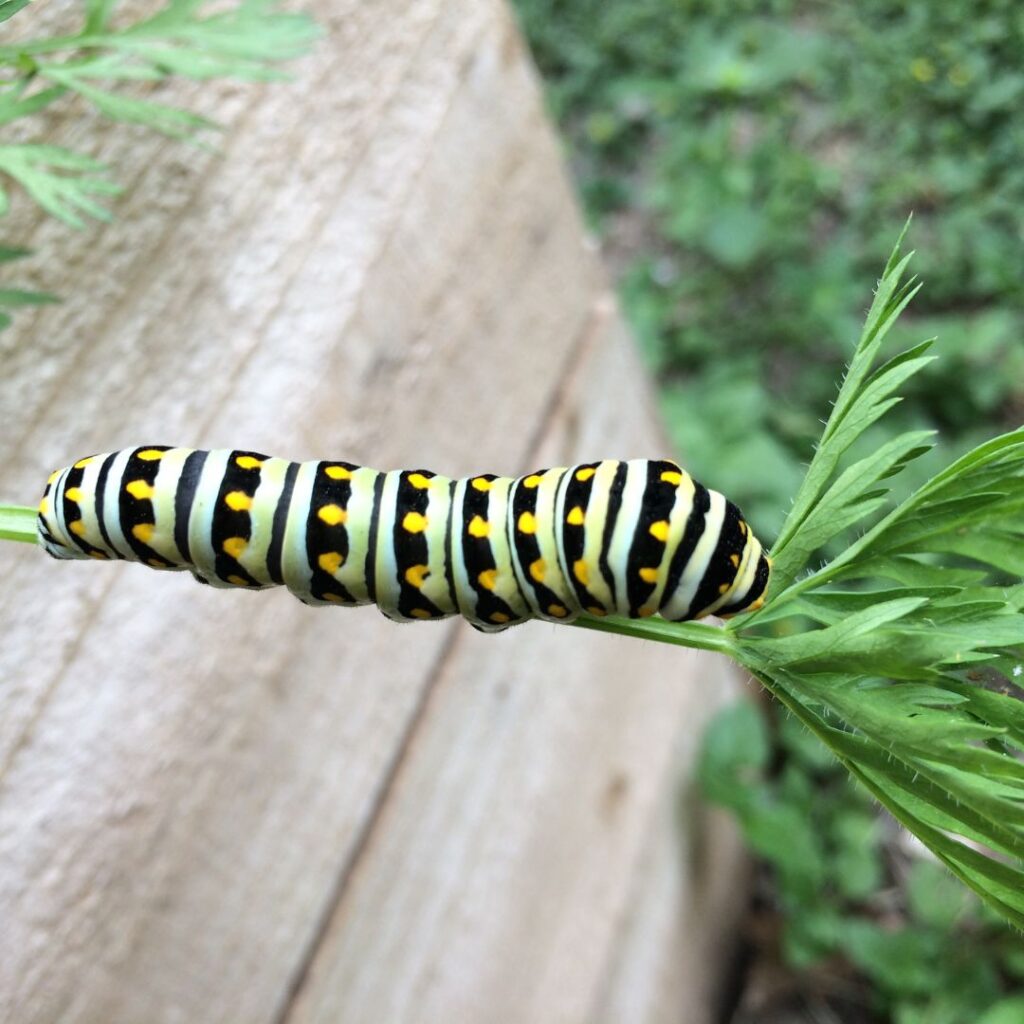
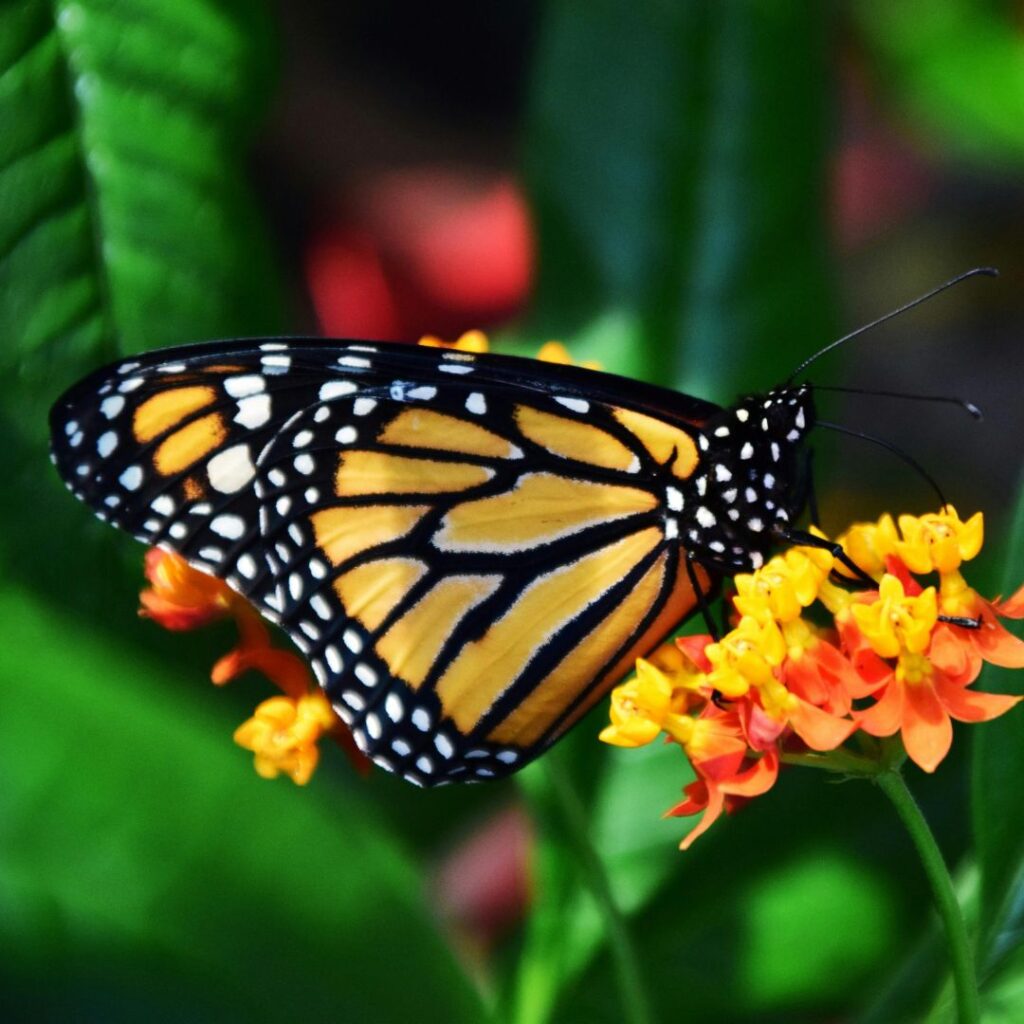
Step 4: Attract Specific Pollinators
How to Attract Butterflies
- Plant milkweed to support monarch caterpillars.
- Provide flat rocks where butterflies can sunbathe.
- Add shallow water dishes for drinking.
How to Attract Bees
- Choose blue, purple, and yellow flowers (bees love these colors!).
- Plant clusters of the same flower to make foraging easier.
- Avoid hybrid flowers that lack nectar.
How to Attract Hummingbirds
- Plant tubular red flowers like trumpet vine and bee balm.
- Install hummingbird feeders (use a simple sugar-water mix, no dye).
- Provide trees or shrubs for resting spots.
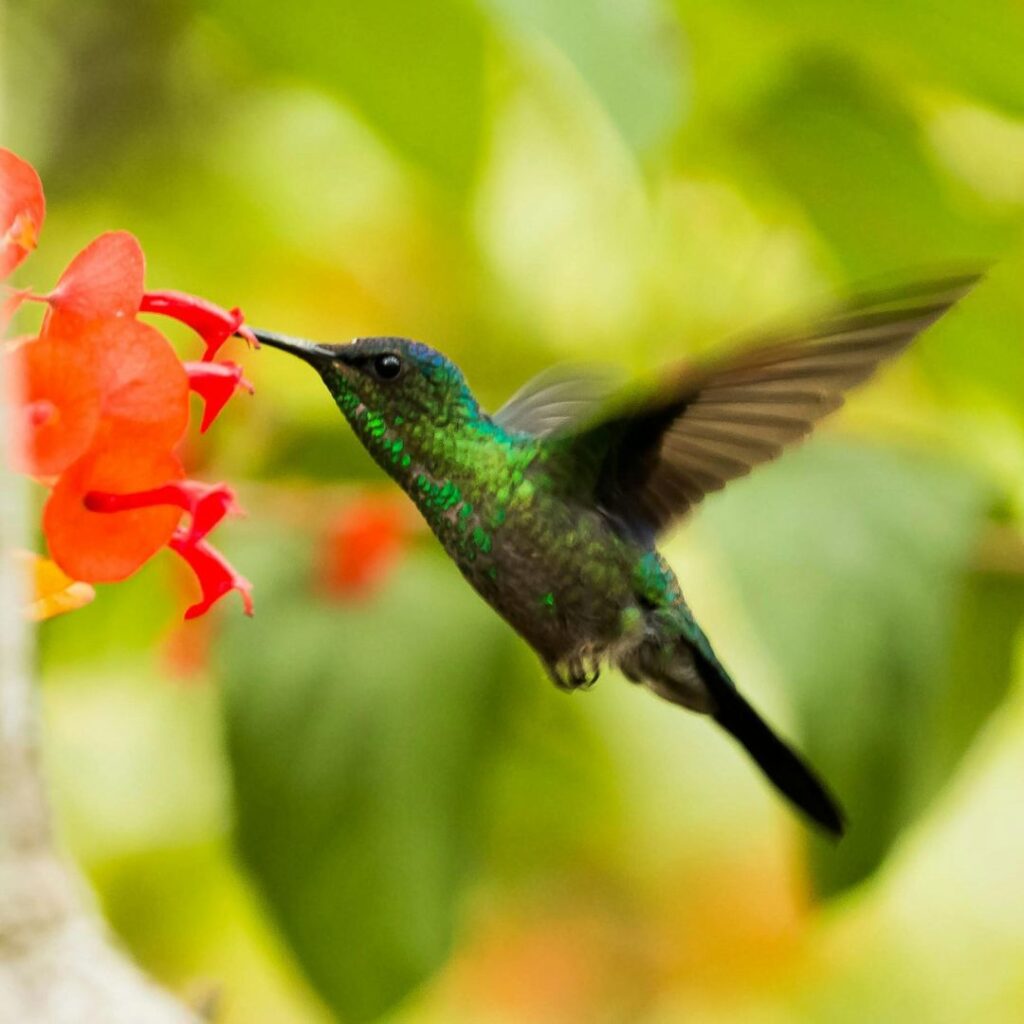

My Pollinator Garden Success Story
A few years ago, when I lived in Austin, I transformed most of my front yard into a pollinator paradise. I used all native plants. I found most of the plants at the Lady Bird Johnson Wildflower Center sale. I planted in the fall to help the plants get established before the hot Texas summer. By the first spring, I saw butterflies fluttering around, and bees busily collecting pollen. I kept adding more species and seeing more types of butterflies, bees, and hummingbirds.
One of my favorite moments was watching a hummingbird dart between my bee balm and salvia. It hovered just a few feet away from me, its tiny wings beating so fast they were almost invisible. Seeing that made all the hard work worth it.
Now, my Hawaii garden is full of life. I have a mix of food plants and pollinator plants (some are great for both). It’s a beautiful cycle—when we care for pollinators, they reward us in return.
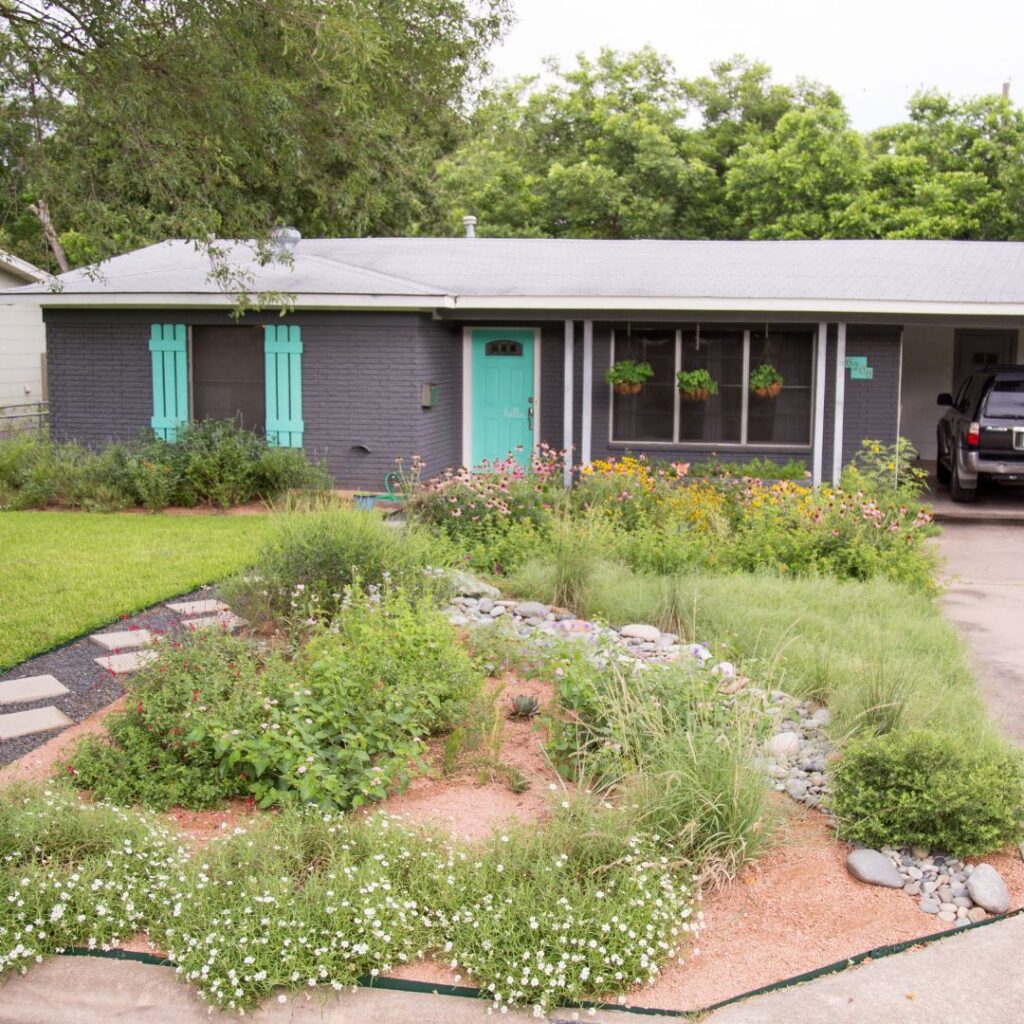
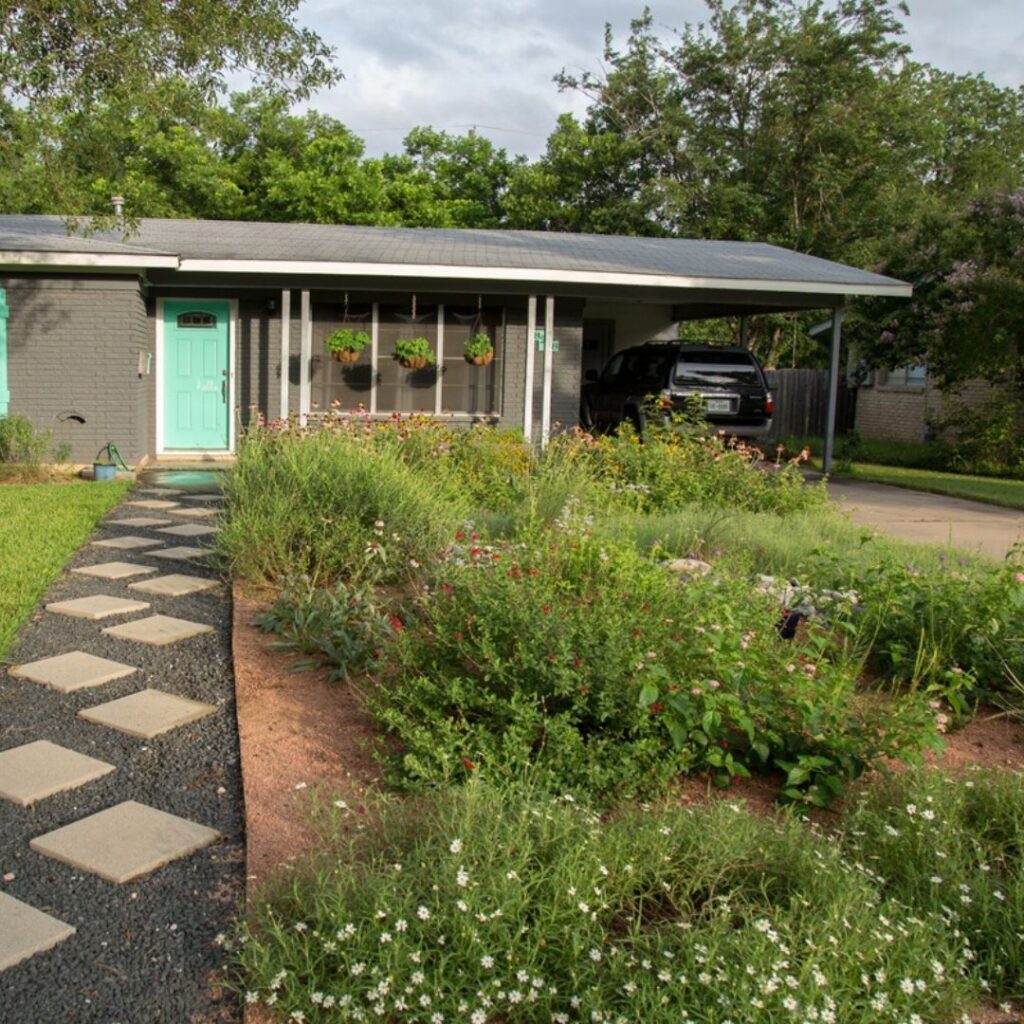
Final Thoughts: Start Your Pollinator Garden Today!
Creating a pollinator-friendly garden doesn’t have to be complicated. Whether you start with a small flower pot or convert your entire yard, every effort helps.
What pollinator-friendly plants do you love? Share your experiences in the comments below!
Want more gardening inspiration? Join the Adventures in Botany Community and connect with fellow plant lovers! Follow us on, Instagram, TikTok, and YouTube for more gardening tips, DIY projects, and nature-inspired content.
